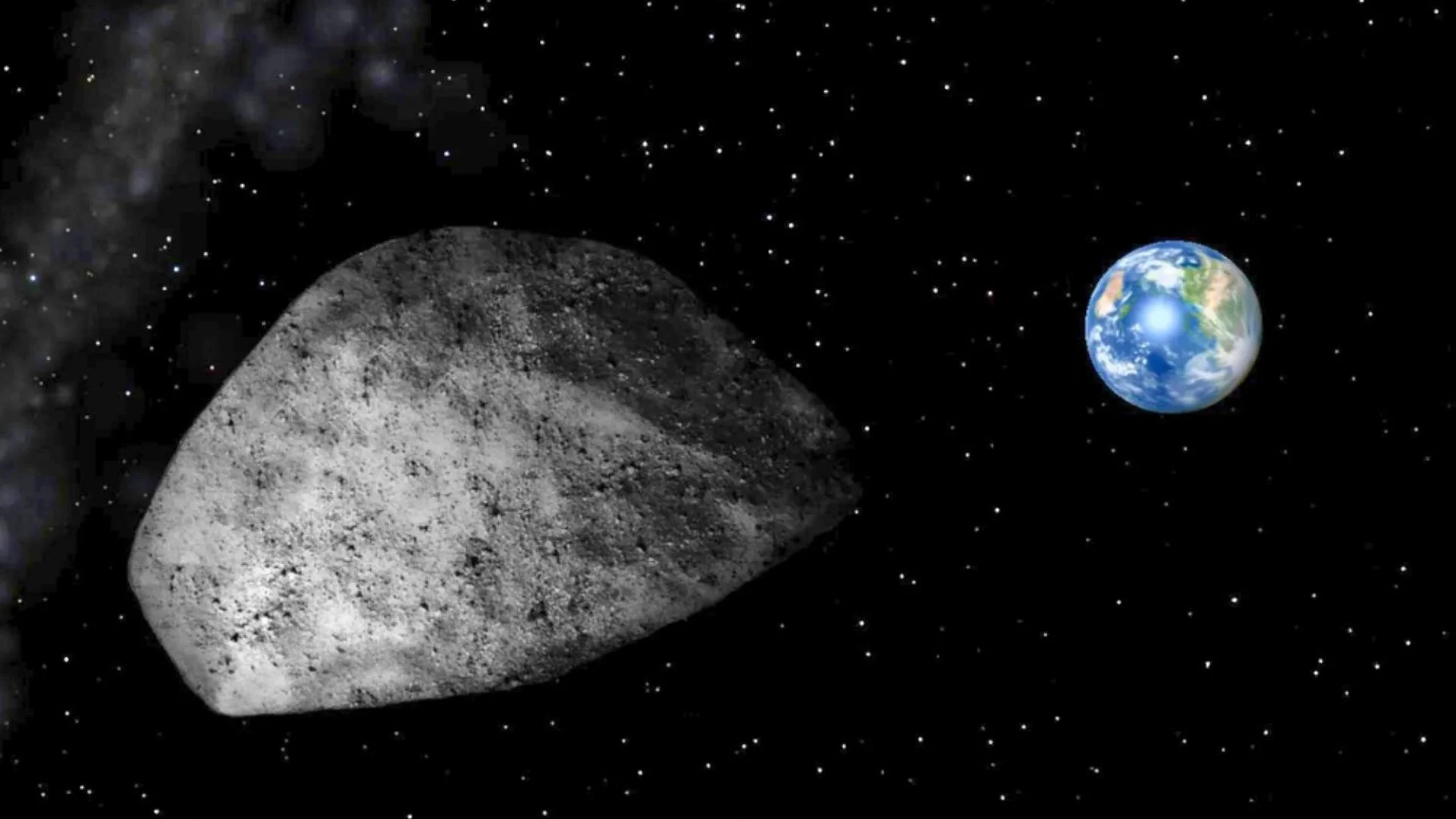
The Indian Space Research Organisation (ISRO) is closely monitoring a large asteroid named Apophis, which is expected to come perilously close to Earth on April 13, 2029. Named after the Egyptian god of chaos, Apophis has been tracked since its discovery in 2004, and its potential to cause significant harm has drawn global attention.
To address such extraterrestrial threats, ISRO has introduced a new domain called planetary defense into its portfolio. Dr. S Somanath, Chairman of ISRO, emphasized the importance of this initiative, stating, “A large asteroid strike is a real existential threat for humanity. ISRO is very aware of that threat, and our Network for Space Objects Tracking and Analysis (NETRA) is monitoring Apophis closely. We only have one Earth, and India is committed to cooperating with other nations to mitigate this and other future threats.”
Apophis, with an estimated diameter of 340 to 450 meters, is larger than India’s largest aircraft carrier, INS Vikramaditya, and the Narendra Modi Stadium in Ahmedabad. Any asteroid of this size passing close to Earth is considered potentially hazardous. ISRO’s estimates indicate that an asteroid larger than 300 meters could cause “continental scale devastation.” Dr. A K Anil Kumar, head of NETRA, highlighted the potential consequences of a collision, saying, “If it collides with Earth, it can cause a catastrophe, leading to local extinction and global disruption.”
The closest encounter between Apophis and Earth in 2029 is expected to bring the asteroid within 32,000 kilometers of our planet, a distance lower than the orbits of some geostationary satellites. While current studies suggest that the 2029 encounter will be a near miss rather than an impact, ISRO plans to study Apophis closely during its flyby.
The world’s leading space agencies, including NASA and the European Space Agency (ESA), are planning missions to study and possibly divert Apophis. NASA’s OSIRIS-REx mission, which previously returned samples from an asteroid, is now being retargeted to rendezvous with Apophis. Additionally, ESA is considering launching the Rapid Apophis Mission for Security and Safety (RAMSES) in 2028. Dr. Somanath has indicated that India may join these efforts.
To prevent a potential disaster, scientists are exploring various methods to deflect the asteroid, including impacting it with a spacecraft, using gravity tractors, or employing high-speed ion beams. As a last resort, nuclear explosives could be used to destroy the asteroid.
ISRO’s focus on planetary defense underscores the growing global concern over the threat posed by near-Earth objects, with Apophis serving as a critical reminder of the potential dangers from space.















